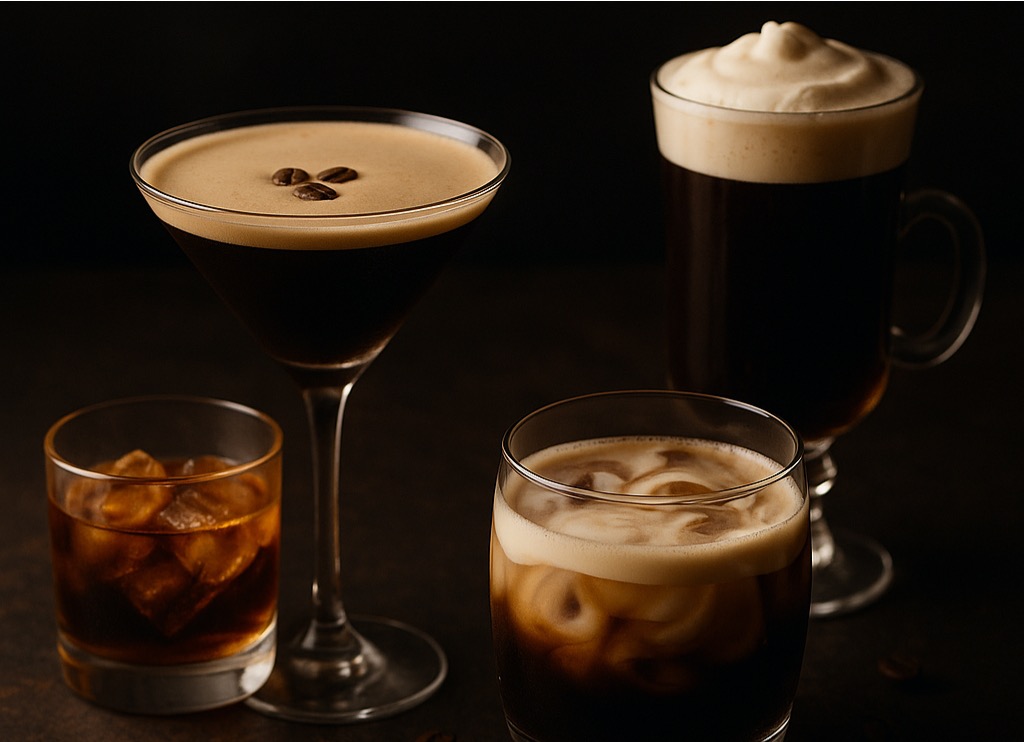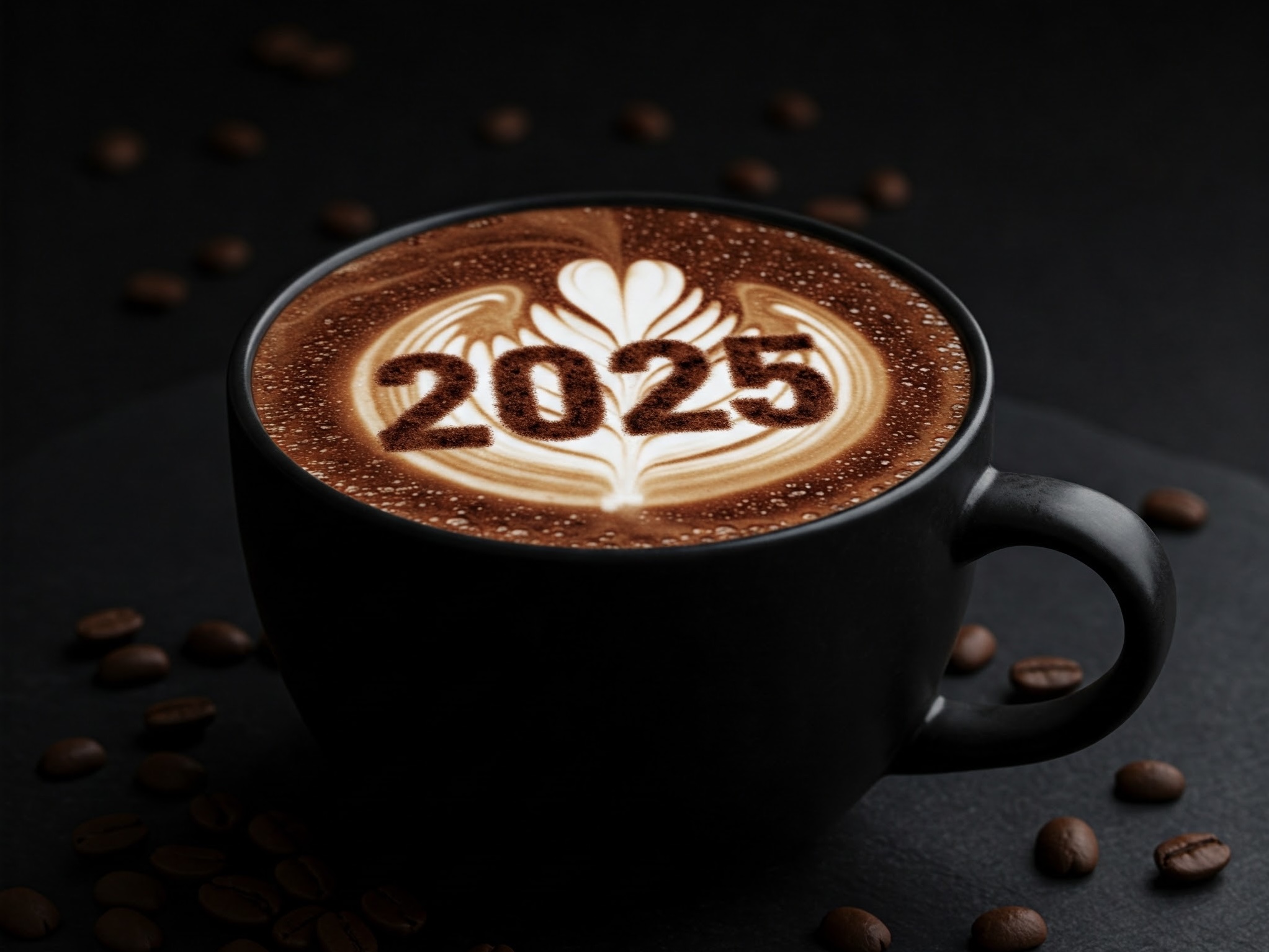
How to Brew Light, Medium & Dark Roast Coffee
Brewing coffee can be an art form, and it’s all about extracting the best flavors from those aromatic whole beans. In this blog, we’ll move beyond the basic mechanics of pouring hot water over crushed beans and dive into the world of brewing coffee with finesse.
We’ll delve into the fundamentals of brewing, exploring how different roast types can be harnessed to unlock unique flavors, aromas, and characteristics. From mastering the meticulous process of flavor extraction to enhancing the complexities of each coffee roast, get ready to elevate your coffee-brewing game to new heights.
When it comes to brewing coffee, it’s not just about making any old brew—it’s about crafting a sensory experience that delights the taste buds and awakens the senses. So we’ve compiled some of our favorite brewing tips to help you ensure you’re highlighting the unique flavor profile of your favorite roasts.
Why do we need to brew coffee differently for different roast types?
Each roast has its own unique flavor profile that deserves to be celebrated. Trying to take a one-size-fits-all approach to brewing can dull the distinct notes that make each coffee special.
We all have our preferred coffee taste and tend to gravitate towards a specific roast type. The goal is to find ways to highlight the flavors you love. If you want to experience each roast’s nuanced flavors and unique attributes fully, you need to understand how to hone your technique based on the characteristics of light, medium, and dark roasts.
So let’s dive into some tried-and-true brewing tips for different roast profiles. Buckle up, coffee lovers!
1. Light Roast Coffee
Flavors of Light Roast Coffee: floral, fruity notes that are naturally bright and acidic
How to brew light roast coffee:
Turn Up the Temperature:
Light roasts often shine when brewed with hotter water—between 203°F and 212°F, depending on the brewing method you choose. The beauty of a light roast is its delicate aromatics and flavors. The roasting process causes moisture in the green coffee to evaporate; the longer the beans roast, the more porous they become. Because of that, light roast beans tend to be denser and less soluble than darker roasts. Hotter water is more efficient at extracting the fruity, acidic compounds that make light roasts so delightful.
Experiment with Grind Size:
Because lighter roast beans are more dense than darker roasts, small variations in grind size will affect your extraction rate—and therefore, the flavor of your finished cup! Using a quality burr grinder will help ensure your grinds are consistent and will make it much easier for you to fine-tune the size of your grinds and find the perfect match grind to match your flavor preferences.
Increase Your Ratio:
While your coffee-to-water ratio will depend on the brewing method you choose, in general light roasts benefit from higher ratios. The difference in density and solubility is a key factor here too—light roasts often need a bit more water to fully extract the delicate flavors and avoid sour, under-extracted coffee.
Play with Pour Overs:
Wondering how to brew light roast coffee to bring out its best flavors? Pour-over brewers, like the Hario V60 or the Stagg [XF], are a popular choice among coffee enthusiasts, especially those who love light roast beans. This method allows for a slower and more precise extraction process, which is ideal for developing the complex flavors that light roast beans possess. By carefully pouring the water over the grounds, pour-over brewing helps unlock the full potential of the light roast coffee, resulting in a truly delightful cup.
2. Medium Roast Coffee
Flavors of Medium Roast Coffee: flavor notes, mild fruitiness, and hints of chocolate and nuts with a balance of acidity and body
How to brew medium roast coffee:
Find Your Temperature Sweet Spot:
The beautiful balance of medium roasts can be a double-edged sword. While light roasts can tend toward under-extraction and dark roasts are most at risk for over-extraction, without proper temperature control, medium roasts can swing in either direction. For a perfect balance of fruity and nutty flavors, use water that is slightly cooler than what is used to brew light roast coffee—aim for between 195°F and 202°F, depending on the brewing method. This temperature range allows for optimal extraction, bringing out the delightful notes of fruitiness and nuttiness in every sip, but ensures that you don’t end up with a bitter, over-extracted cup.
Experiment with Brewing Methods:
Medium roast coffees are incredibly versatile, which means they shine in various brewing methods and lend themselves to experimentation. From auto drip to pour overs to immersion brewing, like French press and cold brew, the possibilities are just about limitless with medium roast coffees.
Know Your Tastes:
Because medium roasts strike a balance between the flavors and mouthfeel of light and dark roasts, you have a lot of flexibility in deciding how to brew medium roast coffee, tweaking the details to help draw out the aspects of the coffee you like most. For example, if you want to highlight the sweetness of your roast, play with using less water for in the bloom in your pour overs. If you like a cup with a lower acidity, experiment with cold brew. Medium roasts are wonderful for experimenting with grind size, ratio, brewing methods, temperature, and brew times.
3. Dark Roast Coffee
Flavors of Dark Roast Coffee: flavor notes of bittersweet chocolate and a smoky undertone
How to brew dark roast coffee:
Dial Back Your Grind:
Because the longer roasting process results in less dense, more brittle beans, it’s easier to extract the flavors of dark roast beans. Depending on the brewing method you’re using, opting for a coarser grind with dark roast beans will increase the surface area of your grinds and help ensure your coffee doesn’t end up over-extracted. Because dark roast beans are more brittle, they also tend to produce more dust-like fines when they’re ground. Grinding on the coarser side of the scale reduces the amount of fines produced.
Cool it Down:
When you’re thinking about how to brew dark roast coffee, keep in mind that dark roasts typically benefit from cooler brewing temperatures. Because they’ve been roasted longer, they’re more soluble than lighter roasts, which means it’s easier to extract the flavorful compounds. If your brewing water is too hot, it could result in over-extraction, though, resulting in a bitter taste. Depending on the brewing method, aim for a brewing temperature between 190°F and 195°F. Maintaining this temperature range allows you to extract the nutty, chocolaty flavors of dark roasts without capturing the acrid, ashy-tasting compounds.
Keep it Fresh:
No matter the roast you choose, working with fresh beans is important. Roasted coffee oxidizes over time, which breaks down the compounds that give the brewed coffee its flavor. The longer roasting time brings more of the oils to the surface, which means they will break down even more quickly than if they were still trapped in the bean. All that means that when it comes to dark roasts, it’s even more important to purchase fresh beans, store your beans properly, and grind just before you brew.
Conclusion: Every Cup Is Different
Brewing coffee is truly remarkable, but it requires a lot of fine-tuning and exploration. We have unique taste preferences, so we often gravitate toward specific types of bean profiles. To fully unlock the potential of choosing the right coffee beans, attention to detail is key—from choosing the right grind type to controlling water temperature and brewing time, among other factors. Once you have mastered these elements, you can enjoy a coffee that harmoniously blends a symphony of flavors tailored to your preference.
With the tips above, regardless of your experience or preference, you can brew the perfect cup of coffee. Whether you prefer the vibrant flavors of a light roast, the balanced complexity of a medium roast, or the bold intensity of a dark roast, you can craft them all to perfection!
Keep us in the loop on your favorite! Special cheers to you, from all of us at U3 Coffee, on selecting your favorite coffee beverage with more knowledge and learning all you can about how to brew coffee. The perfect aroma, coupled with the best flavor, awaits you. #coffeemugsunite
Related posts
- Apr 2025 Elevate your coffee-based cocktails! Discover new takes on the espresso martini, Irish coffee, & more classic coffee drinks.
- Feb 2025 Discover the top coffee trends for 2025, from cold coffee innovations to mindful coffee drinking. Explore the latest and future coffee trends in the coffee industry.


